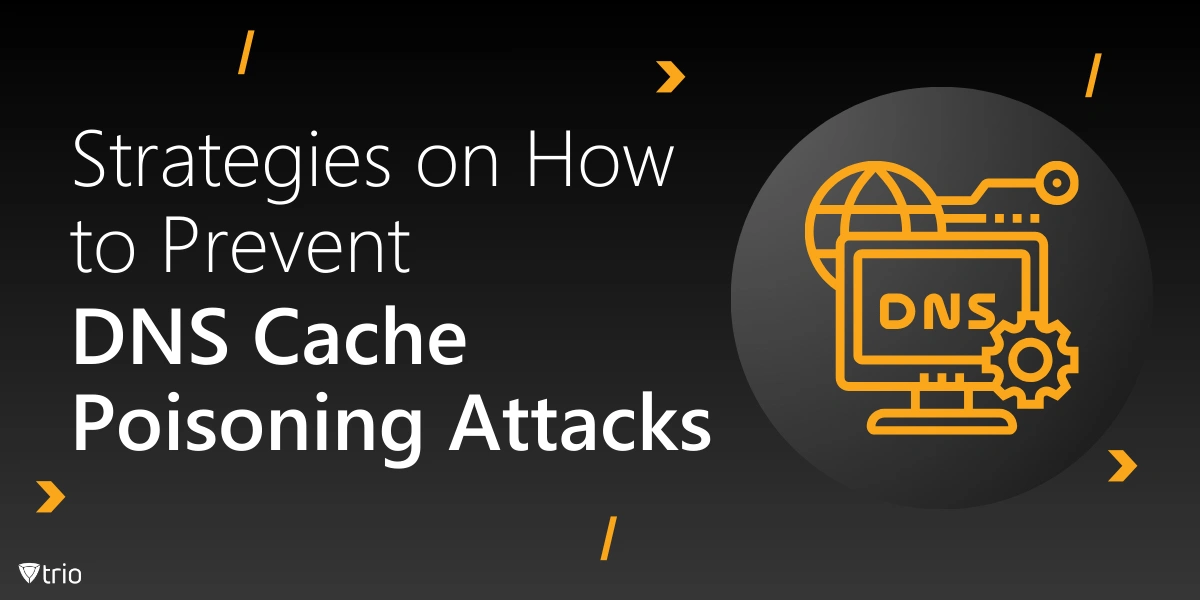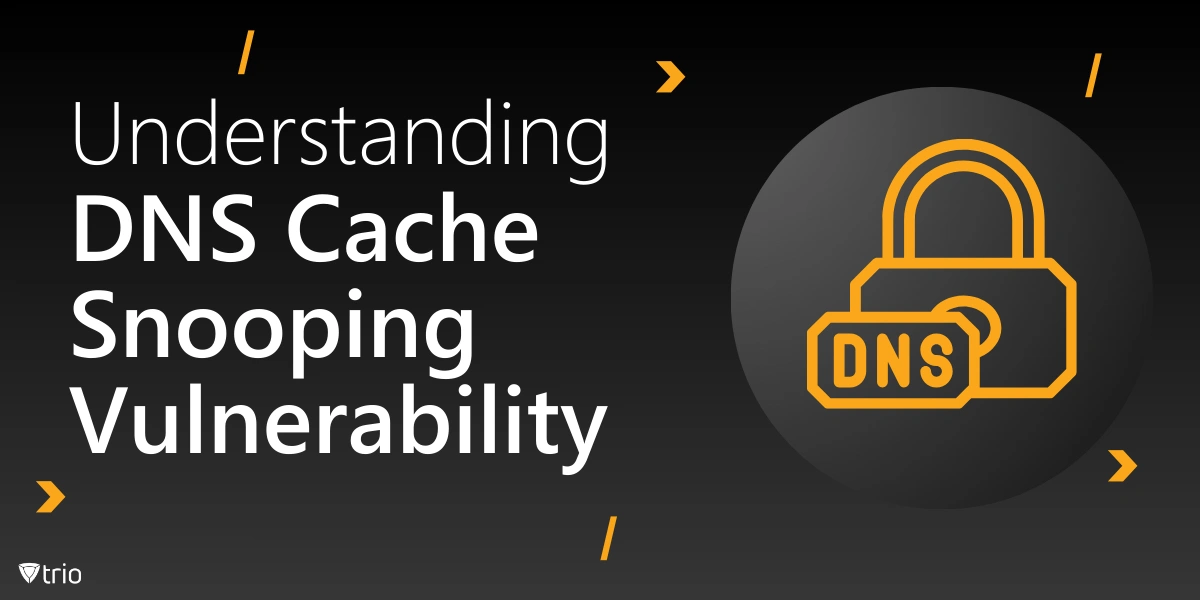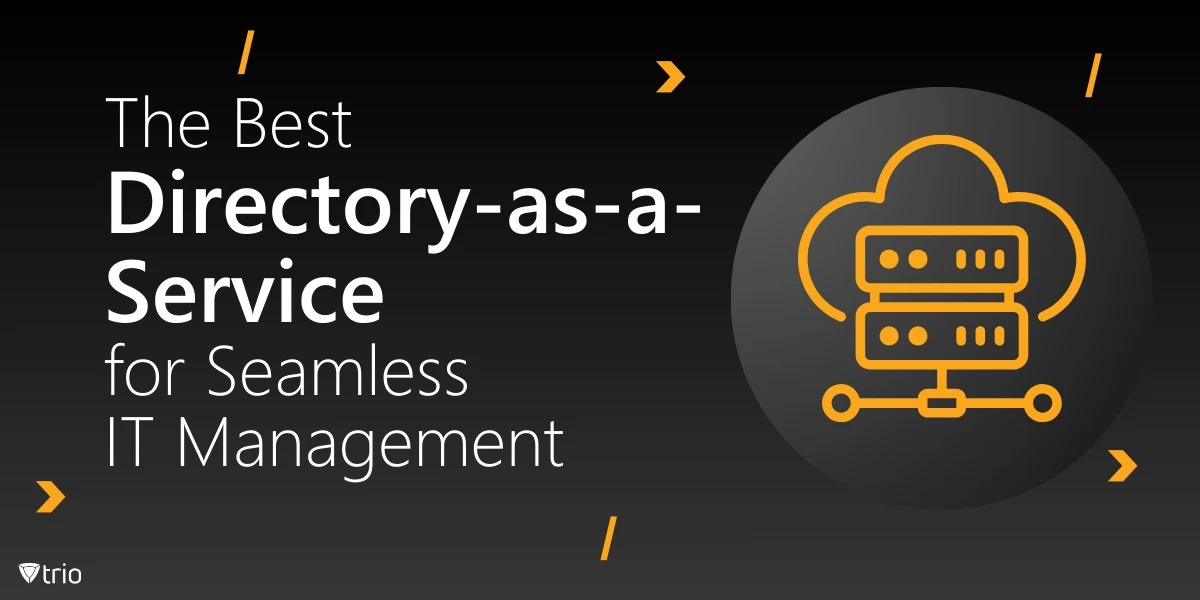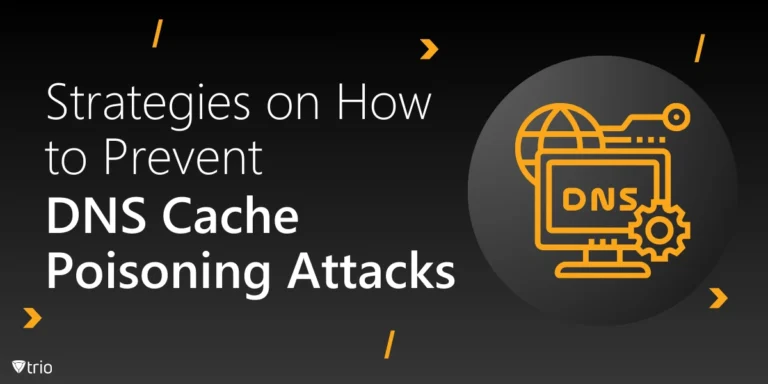In today’s interconnected digital world, securing endpoints against cyber threats is more critical than ever. Endpoint Detection and Response (EDR) has emerged as a vital cybersecurity technology, providing organizations with the capabilities to detect and respond to malicious activities on endpoints across their networks. Understanding what EDR is, its significance, and how to integrate it into your IT department is crucial for ensuring comprehensive endpoint security and protecting against evolving cyber threats. Additionally, effective IT Risk Management strategies play a pivotal role in identifying, assessing, and mitigating potential risks associated with endpoint security, ensuring that organizations can proactively safeguard their systems and data from cyberattacks.
What Is EDR in Cybersecurity?
Endpoint Detection and Response (EDR) is a cybersecurity technology designed to detect and respond to malicious activities on endpoints or devices within a network. Endpoints include devices like desktops, laptops, servers, mobile devices, and other network-connected devices.
EDR solutions continuously monitor endpoint activities, collecting data such as system processes, file changes, network connections, and user behaviors. This data is then analyzed using various detection techniques, such as signature-based detection, behavioral analysis, machine learning, and anomaly detection, to identify potential threats or suspicious activities.
Once a threat is detected, EDR solutions can respond in real time by initiating actions such as isolating the infected endpoint, blocking malicious processes, quarantining suspicious files, or alerting security personnel for further investigation and remediation.
Why Is EDR Essential to Organizations?
Though EDR solutions differ, and what you should look for in an EDR solution depends on your organization, EDR in general, plays a crucial role in enhancing an organization’s cybersecurity posture for several reasons:
Advanced Threat Detection
EDR solutions use advanced detection techniques to identify sophisticated and evolving threats that traditional antivirus software may miss. This includes detecting zero-day exploits, fileless malware, and other advanced attack techniques.
Endpoint Visibility
EDR provides organizations with comprehensive visibility into endpoint activities, including process execution, file modifications, network connections, and user behaviors. This visibility helps security teams understand the security posture of their endpoints and detect anomalous or suspicious activities indicative of a potential breach.
Real-time Response
EDR enables organizations to respond rapidly to security incidents, such as company data breaches, by initiating automated responses or providing security teams with real-time alerts and insights. This allows organizations to contain threats quickly, minimizing the potential impact of security breaches.
Forensic Investigation
EDR solutions collect detailed endpoint telemetry data, which can be invaluable for conducting forensic investigations after a security incident. This data helps security teams understand the root cause of an incident, identify the extent of the compromise, and implement measures to prevent similar incidents in the future.
Compliance Requirements
Many regulatory frameworks and industry standards require organizations to implement endpoint security measures, including continuous monitoring, threat detection, and incident response capabilities. EDR solutions help organizations meet these compliance requirements by providing the necessary security controls and capabilities.

6 Steps to Implement EDR in Your Organization
Implementing EDR cybersecurity in an organization involves several key steps:
-
Assessment and Planning
Assess your organization’s current endpoint security posture, including existing security tools, policies, and procedures. Identify the specific security challenges and risks your organization faces, such as common attack vectors, sensitive data assets, and compliance requirements. Develop a comprehensive plan for implementing EDR, including goals, timelines, budget considerations, and resource requirements.
-
Vendor Evaluation and Selection
Research EDR vendors and solutions to identify those that best meet your organization’s requirements and budget. Evaluate key features such as threat detection capabilities, real-time response capabilities, scalability, ease of deployment and management, integration with existing security tools, and vendor support. Consider conducting proof-of-concept (POC) evaluations or pilot deployments to assess the effectiveness of selected EDR solutions in your environment.
-
Deployment and Configuration
Deploy the chosen EDR solution across your organization’s endpoints, including desktops, laptops, servers, and mobile devices. Configure the EDR solution according to best practices and your organization’s specific security requirements. Integrate the EDR solution with existing security tools and systems, such as Security Information and Event Management (SIEM) platforms, threat intelligence feeds, and incident response processes.
-
Training and Awareness
Provide training and awareness programs for IT staff, security personnel, and end-users on how to use and benefit from the EDR solution. Educate stakeholders about the importance of endpoint security, common threats, and best practices for preventing and responding to security incidents.
-
Continuous Monitoring and Maintenance
Continuously monitor the performance and effectiveness of the EDR solution in detecting and responding to security threats. Regularly update and patch the EDR solution to ensure it remains effective against evolving threats and vulnerabilities. Conduct periodic security assessments and audits to identify areas for improvement and optimization.
-
Incident Response and Remediation
Establish incident response procedures and workflows for quickly responding to and mitigating security incidents detected by the EDR solution. Regularly conduct incident response drills and exercises to test the effectiveness of your response capabilities and identify areas for improvement. Document lessons learned from security incidents and use them to refine your incident response processes and enhance your overall security posture.
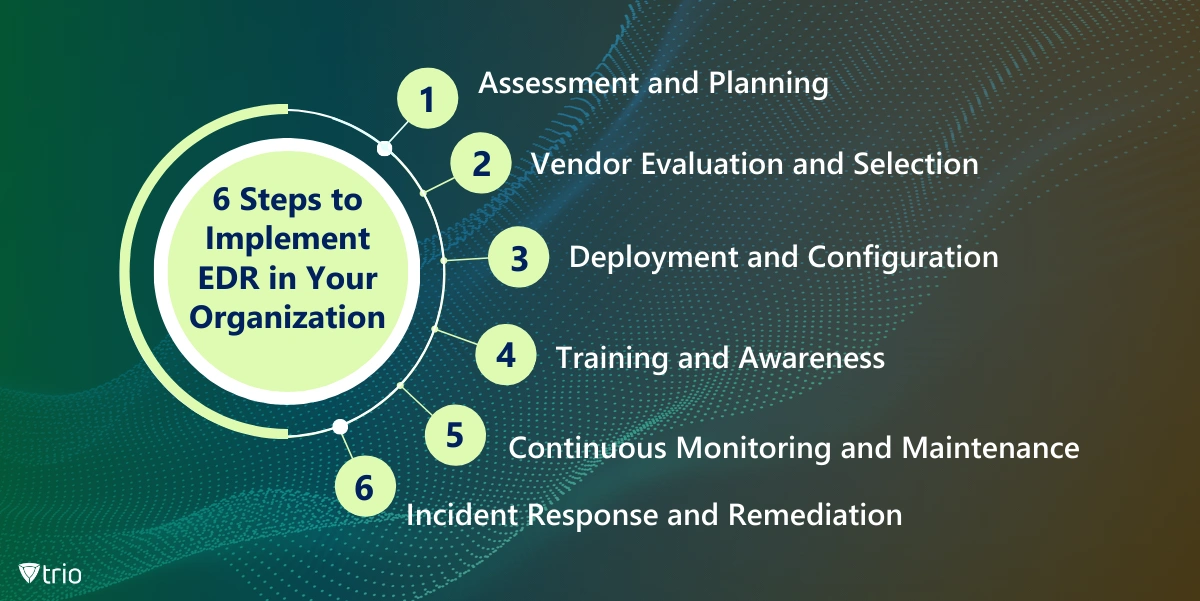
EDR Solutions vs MDM Solutions
Endpoint Detection and Response (EDR) solutions and Mobile Device Management (MDM) solutions serve distinct purposes in the realm of cybersecurity, with each focusing on different aspects of endpoint security. Here’s a comparison of EDR solutions and MDM solutions:
-
Scope and Focus:
- EDR Solutions: Primarily focused on threat detection and response on various endpoints such as desktops, laptops, servers, and sometimes mobile devices. EDR solutions monitor endpoint activities to identify and respond to malicious activities or security incidents.
- MDM Solutions: Specifically designed for managing and securing mobile devices such as smartphones and tablets. MDM solutions focus on device configuration, application management, and data protection for mobile endpoints.
-
Supported Devices:
- EDR Solutions: Typically cover a broad range of endpoints, including desktops, laptops, servers, and occasionally mobile devices.
- MDM Solutions: Specifically designed for managing mobile devices running operating systems like iOS and Android.
-
Functionality:
- EDR Solutions: Emphasize threat detection, incident response, and endpoint visibility. They are geared towards identifying and mitigating cybersecurity threats.
- MDM Solutions: Primarily focus on device enrollment, configuration management, application distribution, and enforcing security policies on mobile devices. MDM is more about device lifecycle management.
-
Security Controls:
- EDR Solutions: Offer advanced security controls such as real-time monitoring, behavioral analysis, and response capabilities to detect and prevent malicious activities.
- MDM Solutions: Provide controls like device encryption, remote wipe, and password policies to secure mobile devices and the data they contain.
-
Use Cases:
- EDR Solutions: Suited for organizations looking to enhance the security of their entire endpoint environment, especially against advanced threats and targeted attacks.
- MDM Solutions: Ideal for organizations managing fleets of mobile devices, ensuring compliance with security policies, and securing data on mobile endpoints.
Organizations may use both EDR and MDM solutions to comprehensively manage and secure their diverse endpoint landscape, covering both traditional computing devices and mobile devices. Mobile security is an essential aspect of this strategy, ensuring that sensitive data and corporate resources are protected on smartphones and tablets. It’s important to assess the specific needs and risks of an organization to determine the most appropriate combination of security solutions.

How Trio Helps as an MDM Solution
MDM solutions can also have EDR features as part of their capabilities. An example of this is an MDM solution called Trio. Among Trio’s many features, it monitors endpoints for security threats, unusual network behavior, unauthorized access, and malicious files. Its EDR technology offers real-time visibility and quick response to security incidents. It isolates affected endpoints, terminates malicious processes, and removes associated threats.
When Trio’s EDR feature is combined with its many other capabilities it becomes clear that Trio is one of the best applications to facilitate IT risk management, including vulnerability management on the market today. To experience what we’re talking about, feel free to try out Trio’s free demo.
Conclusion
In conclusion, as organizations strive to enhance their security posture and protect against cyber threats, integrating EDR (Endpoint Detection and Response) solutions into their IT infrastructure is paramount. With the ability to detect and respond to advanced threats in real time, EDR solutions empower organizations to safeguard their endpoints effectively and mitigate the risk of security breaches. By following the outlined steps and leveraging the right technology, organizations can strengthen their security defenses and stay ahead of emerging threats in today’s ever-evolving threat landscape. Additionally, having a comprehensive Cybersecurity Incident Response Plan in place further enhances an organization’s ability to respond swiftly and effectively to security incidents, minimizing the impact and mitigating potential damages.

